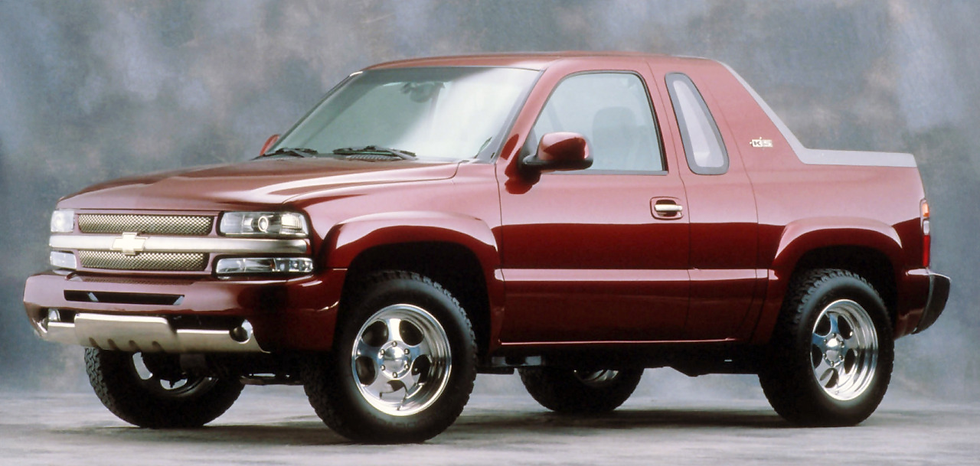2004 Pininfarina Double-Face Concept
- Story Cars
.png/v1/fill/w_320,h_320/file.jpg)
- Dec 12, 2024
- 1 min read

In 2004, Pininfarina presented two groundbreaking concepts at the Paris Motor Show, each with a distinct focus. The Double-Face concept, developed in collaboration with Matra Automobile Engineering, showcased innovative cost-saving strategies for automotive production while offering versatile design applications for multi-brand manufacturers.
Dual-Purpose Design
The Double-Face was built on a shared steel spaceframe platform, designed to serve two distinct vehicle types. The higher-volume version featured a traditional sheet metal body, suitable for mass production. In contrast, the low-volume model utilized lightweight composite materials, catering to niche markets or specialty needs. By sharing the same underlying structure, Pininfarina demonstrated a method to significantly reduce development and manufacturing costs while maintaining flexibility for different vehicle profiles.
The vehicles also differed in their overall design language. A key distinction was the roofline, shaped by the varying inclines of their A-pillars. This divergence allowed for distinct identities between the two models while retaining a shared engineering foundation.
Pioneering Innovation
The Double-Face concept represented a forward-thinking approach to automotive design. By addressing both cost efficiency and aesthetic versatility, it provided a potential roadmap for manufacturers looking to diversify their offerings without incurring prohibitive expenses. This strategy highlighted Pininfarina’s commitment to pushing the boundaries of automotive engineering and design.
While the Double-Face focused on cost savings and manufacturing efficiency, it shared the stage with Pininfarina’s Nido concept, a compact city car emphasizing safety with its innovative energy absorption zones. Together, these concepts reflected the Italian design house’s ability to tackle diverse automotive challenges with elegance and practicality.

































Comments